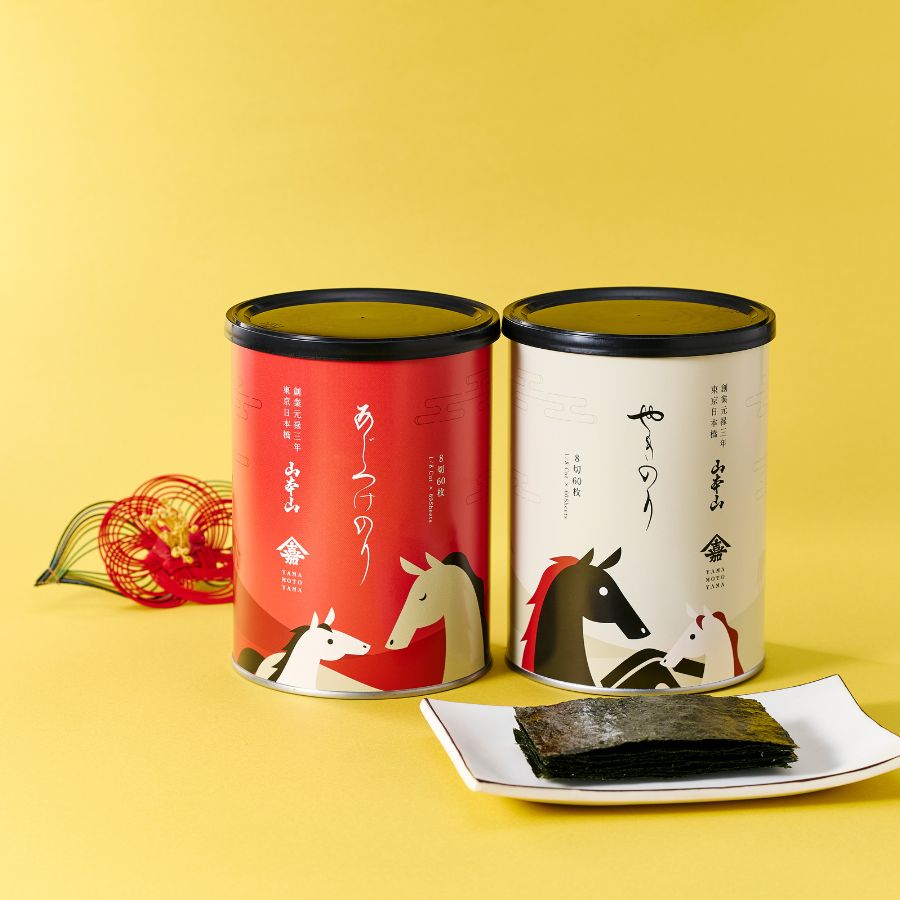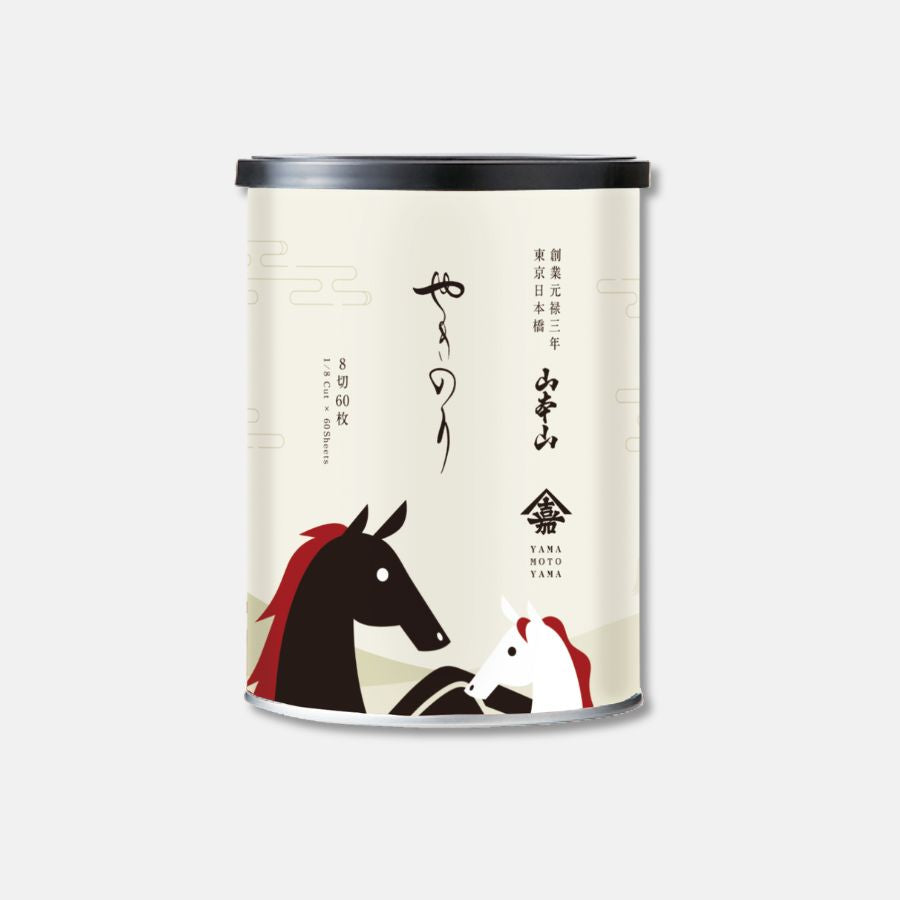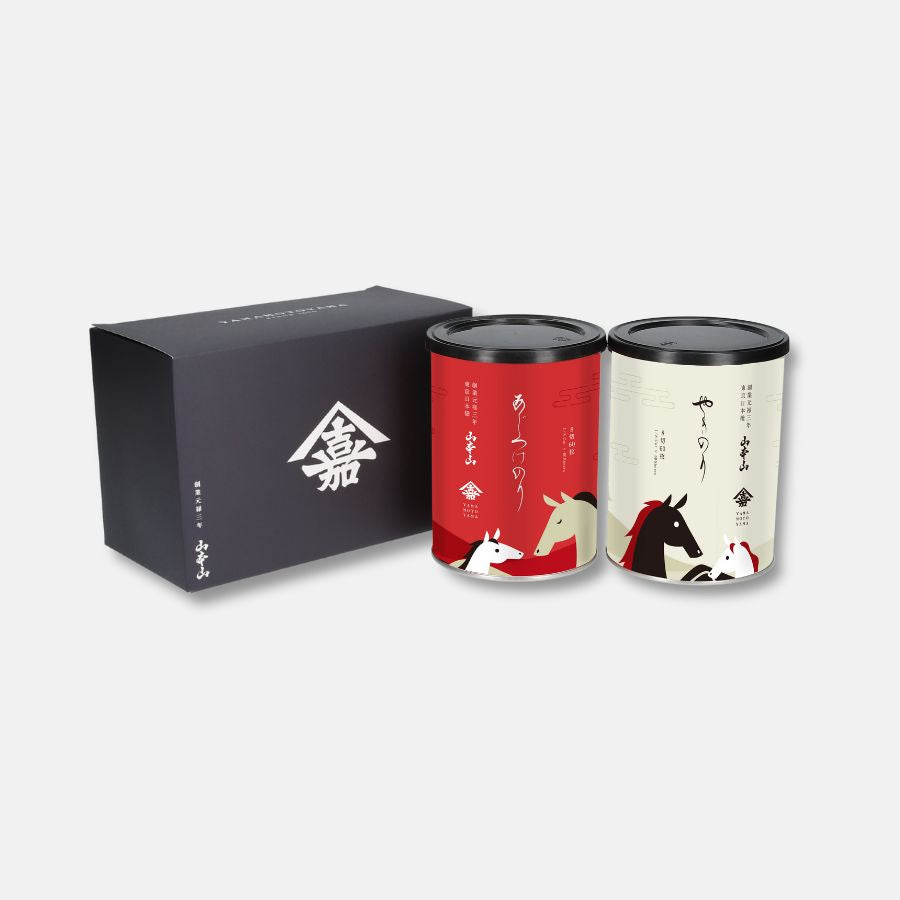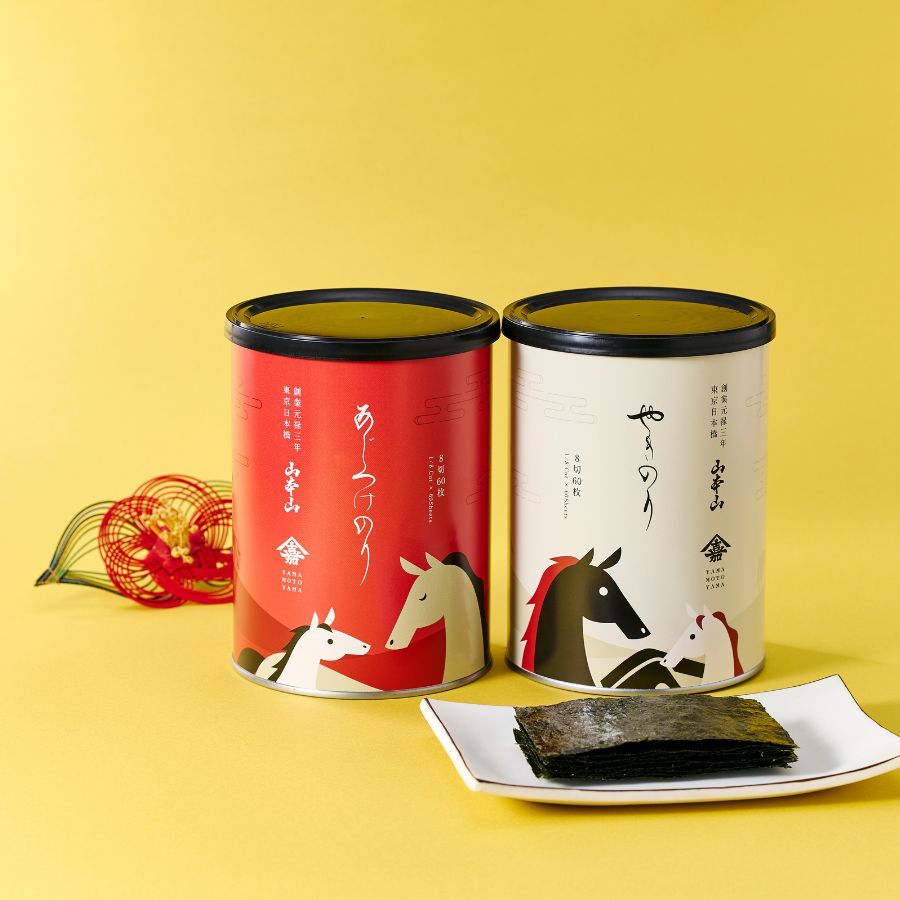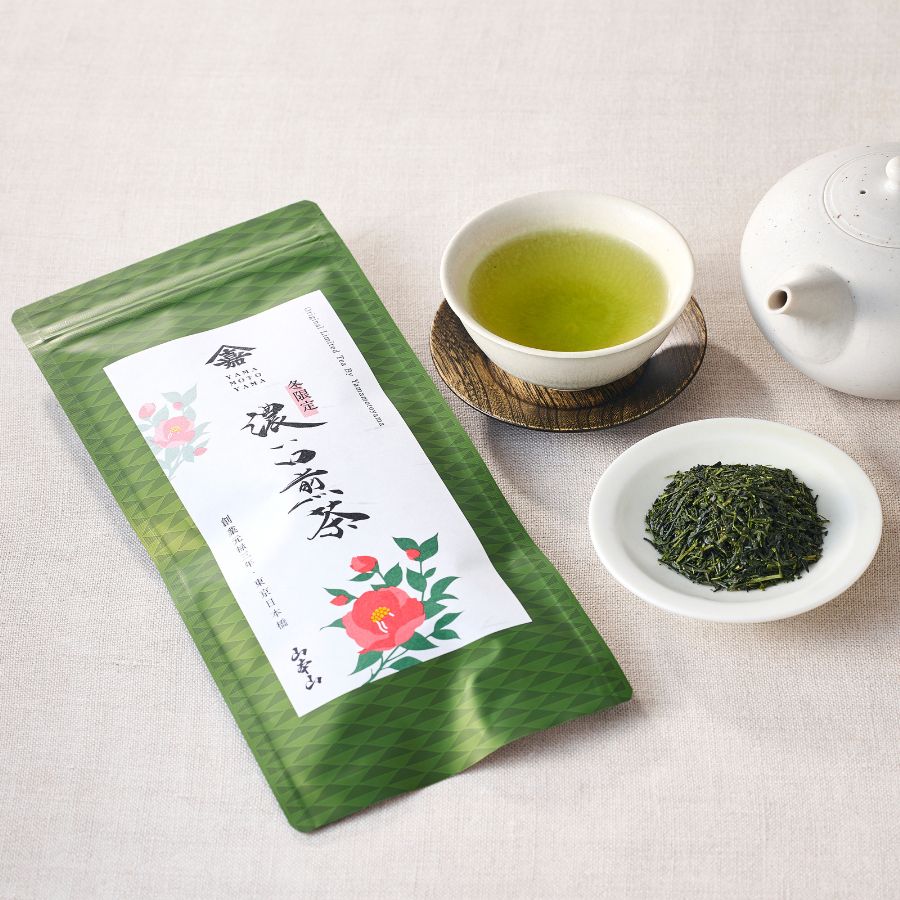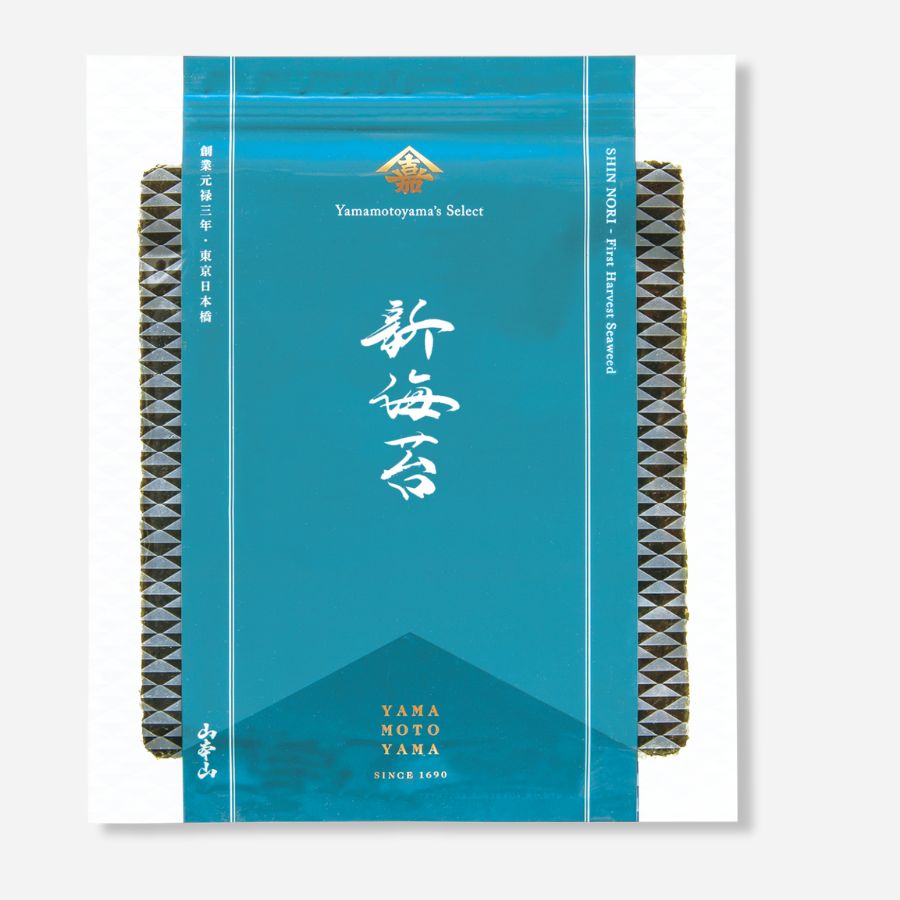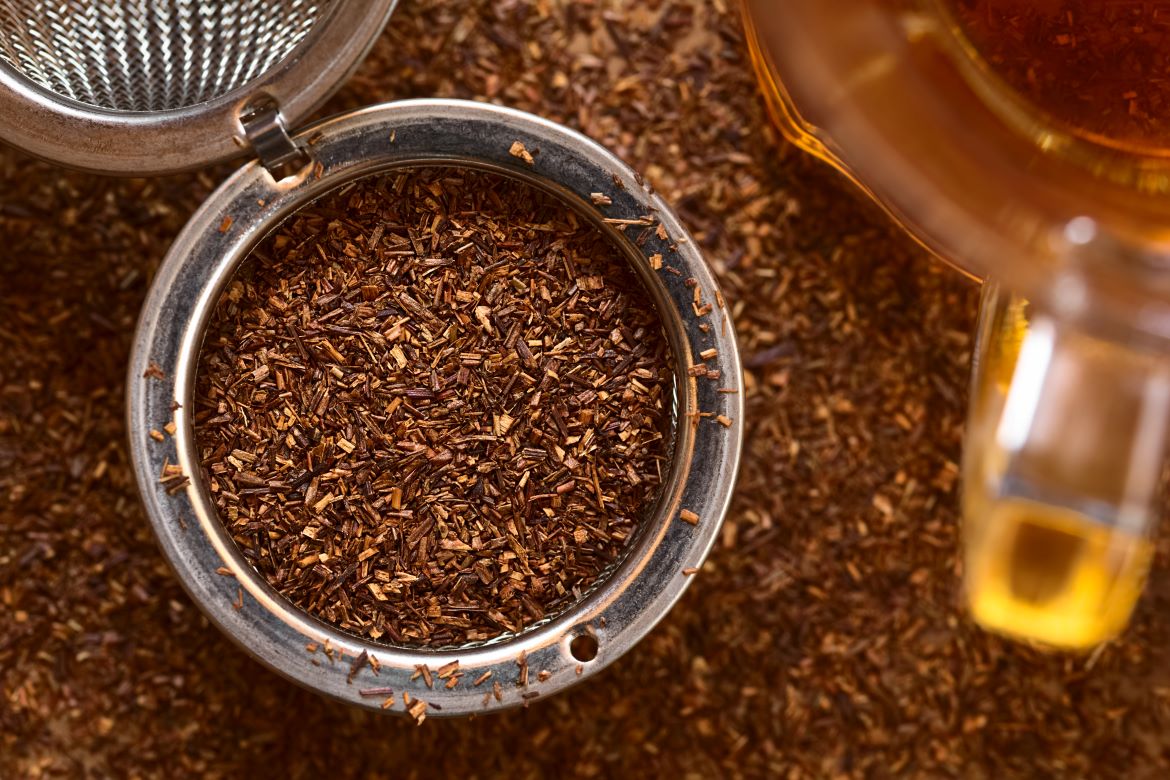
Uncovering the secrets of the aromas of green tea, black tea, and oolong tea
The source of tea aroma: differences in fermentation
Although green tea, black tea, and oolong tea are all made from the same tea leaves, they all have completely different aromas. Where do these differences come from?
This is largely due to differences in production methods, particularly the degree of fermentation.
Tea leaves begin to oxidize the moment they are picked. By adjusting the degree of oxidation, various types of tea can be made.

Green tea: Refreshing aroma with minimal oxidation
Green tea is made by steaming raw tea leaves at high temperatures to stop the action of enzymes and minimize oxidation.
To minimize oxidation, the freshly picked leaves are steamed at high temperatures or roasted in a pot for a short period of time to kill the enzymes.

This ensures that the fresh, green aroma of raw tea leaves is locked in.
Leaf alcohol and theanine, a type of amino acid, are the main components of green tea's refreshing and elegant aroma.

On the other hand, black tea and oolong tea are made by first wilting the fresh leaves, unlike green tea, in which the fresh leaves are immediately heated. This allows the enzymes that produce oxidizing enzymes and aroma compounds to work, creating a variety of compounds.
Black tea and oolong tea each have their own unique aroma.

Black tea: Rich aroma due to fermentation
Black tea is made by allowing the tea leaves to wither after picking, oxidize, and then ferment completely.
During the fermentation process, the components in the tea leaves change in complex ways, creating the rich aroma that is unique to black tea. The characteristic sweet fruity and floral aromas are due to this fermentation process.
The aroma of black tea varies depending on the degree of fermentation, and as the fermentation progresses, the fruity aroma becomes stronger. Black tea that smells like rose flowers or fruit is considered good.

Oolong tea: A unique aroma somewhere between green tea and black tea
On the other hand, oolong tea is a type of tea that is half-fermented, with a fermentation level between that of green tea and black tea.
By allowing it to ferment to a certain extent rather than steaming it like green tea to completely stop the activity of the enzymes, a unique aroma is created that combines the freshness of green tea with the richness of black tea.
The aroma of oolong tea varies depending on the variety and manufacturing method, but generally it is characterized by a floral or nutty aroma. The stronger the floral aroma of oolong tea, the higher the quality it is said to be.

The effect of fermentation on aroma
So why does the aroma differ depending on the degree of fermentation?
This is because the components contained in the tea leaves undergo complex changes during the fermentation process. As fermentation progresses, polyphenols are oxidized and various aromatic components are produced, changing the aroma of the tea.

summary
Compared to black tea and oolong tea, Japanese green tea has a weaker aroma, so it is a tea that you enjoy more for its taste than its aroma.
Although they are all from the same tea family, green tea, black tea, and oolong tea each have their own unique aroma and personality, so it's important to savor each one's flavor.
* Withering: The process of leaving picked tea leaves in a well-ventilated place to allow the leaves to wilt.




